Brett Friedlander - Chasing Moonlight: The True Story of Field of Dreams Doc Graham
Here you can read online Brett Friedlander - Chasing Moonlight: The True Story of Field of Dreams Doc Graham full text of the book (entire story) in english for free. Download pdf and epub, get meaning, cover and reviews about this ebook. year: 2009, publisher: John F. Blair, Publisher, genre: Detective and thriller. Description of the work, (preface) as well as reviews are available. Best literature library LitArk.com created for fans of good reading and offers a wide selection of genres:
Romance novel
Science fiction
Adventure
Detective
Science
History
Home and family
Prose
Art
Politics
Computer
Non-fiction
Religion
Business
Children
Humor
Choose a favorite category and find really read worthwhile books. Enjoy immersion in the world of imagination, feel the emotions of the characters or learn something new for yourself, make an fascinating discovery.
- Book:Chasing Moonlight: The True Story of Field of Dreams Doc Graham
- Author:
- Publisher:John F. Blair, Publisher
- Genre:
- Year:2009
- Rating:4 / 5
- Favourites:Add to favourites
- Your mark:
Chasing Moonlight: The True Story of Field of Dreams Doc Graham: summary, description and annotation
We offer to read an annotation, description, summary or preface (depends on what the author of the book "Chasing Moonlight: The True Story of Field of Dreams Doc Graham" wrote himself). If you haven't found the necessary information about the book — write in the comments, we will try to find it.
A single line of type in the Baseball Encyclopedia. One major league game. A career batting average of .000.
But the nameMoonlight Grahamsuggested a hidden story. So did the circumstances. A North Carolina native, Graham lived out his life in one of the coldest places in North America, as if hed been exiled.
Lets get up and go to Chisholm, Minnesota, author W. P. Kinsella told his wife, and find out about him.
And so began the ascent of Dr. Archibald W. Moonlight Graham from baseball footnote to cultural icon. In the novel Shoeless Joe, Kinsella described a selfless doctor who quit baseball to serve a remote mining community. His readers were intrigued. So were Kevin Costner and Burt Lancaster, who played Graham in Field of Dreams, the adaptation of Kinsellas novel. For millions, Graham became a symbol of broken dreams and second chances.
In Chasing Moonlight, Brett Friedlander and Robert Reising prove that truth is more interesting than fiction. The real-life Moonlight Graham didnt play just a half-inning for John McGraws New York Giants, as depicted in Field of Dreams. Neither did he retire from baseball after his lone major league appearance. Rather, he became a fan favorite during a noteworthy professional career, all the while juggling baseball with medical residencies.
Grahams life apart from baseball was just as eventful. He was a physician who sat with patients through epidemics and wrote a blood pressure study that was required reading at medical schools worldwide. But he was also a failed inventor and small-town character who built perpetual-motion machines and filled his home with tennis balls and empty oatmeal boxes.
W.P. Kinsella rescued Moonlight Graham from the scrap heap. Field of Dreams made him famous. Now, Chasing Moonlight establishes him as a man. The good doctor would be pleased.
Brett Friedlander: author's other books
Who wrote Chasing Moonlight: The True Story of Field of Dreams Doc Graham? Find out the surname, the name of the author of the book and a list of all author's works by series.

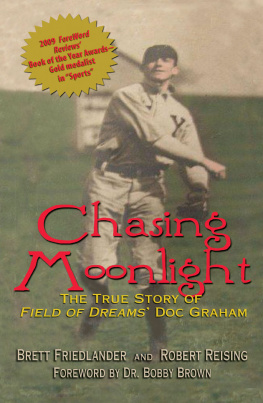


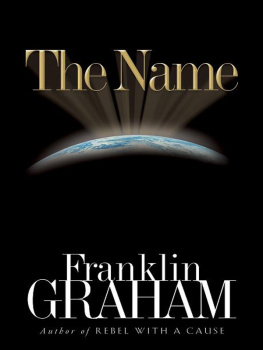
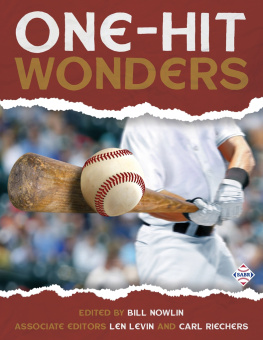
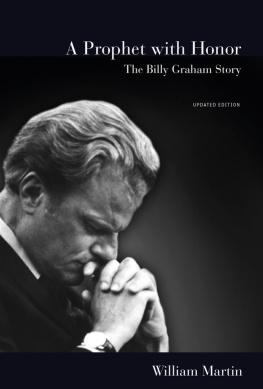

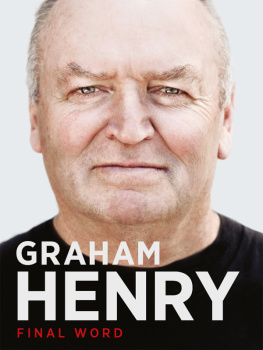

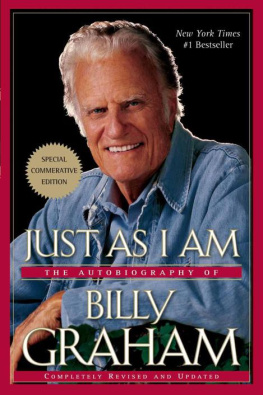

 John F. Blair, Publisher
John F. Blair, Publisher
